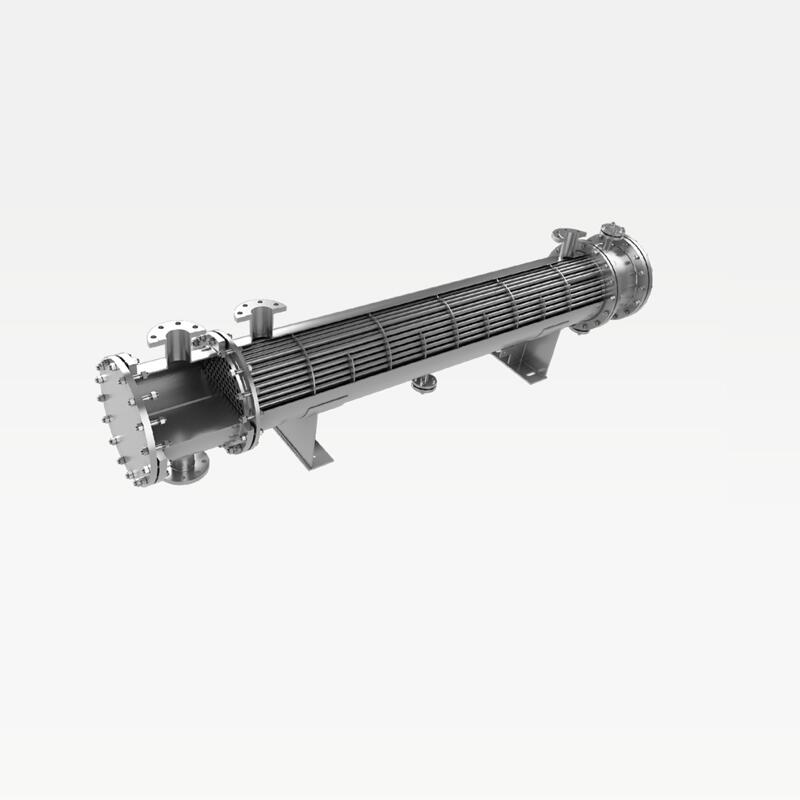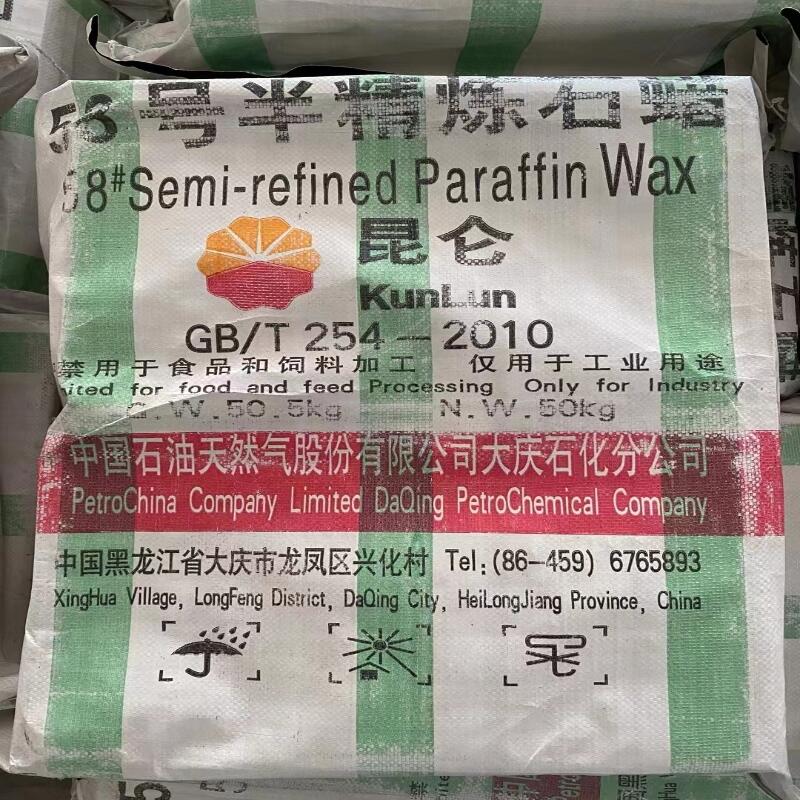-
Categories
-
Pharmaceutical Intermediates
-
Active Pharmaceutical Ingredients
-
Food Additives
- Industrial Coatings
- Agrochemicals
- Dyes and Pigments
- Surfactant
- Flavors and Fragrances
- Chemical Reagents
- Catalyst and Auxiliary
- Natural Products
- Inorganic Chemistry
-
Organic Chemistry
-
Biochemical Engineering
- Analytical Chemistry
-
Cosmetic Ingredient
- Water Treatment Chemical
-
Pharmaceutical Intermediates
Promotion
ECHEMI Mall
Wholesale
Weekly Price
Exhibition
News
-
Trade Service
Original source: Science and Technology Daily
The carbon-fixing carbon dioxide demonstration capacity of microalgae can reach 10,000 tons per year, and the economic output value of carbon-fixing microalgae-related products exceeds 200 million yuan.
In the Etuoke Banner Industrial Park, which is more than 200 kilometers away from Ordos City, Inner Mongolia, a national geographical indication agricultural product-Etuoke Banner Spirulina is in a period of rapid growth.
"The demonstration capacity of microalgae to fix carbon dioxide can reach 10,000 tons per year, and the economic output value of carbon-fixing microalgae-related products exceeds 200 million yuan.
This carbon-fixing algae has an unusual source
Germplasm resources involve national strategy and national security, and cultivating local "quality seeds" is the key to solving the problem of provenance.
Through mutagenesis and domestication and improvement of microalgae cells, researchers have to screen out 5,000 microalgae cells from about 500,000 microalgae cells, and then screen out 5 cells based on carbon fixation growth rate, etc.
Cheng Jun introduced that the use of high-throughput screening and breeding technology to domesticate and improve the key carbon-fixing enzyme genes of microalgae cells, the goal is to improve the catalytic reaction activity of key carbon-fixing enzymes, Rubisco enzymes, under conditions of high flue gas concentrations of carbon dioxide.
The selection of carbon-fixing algae species under the condition of high concentration of carbon dioxide in the flue gas gave a gratifying conclusion: the activities of carbon-fixing enzymes such as photosynthetic pigmentase and energy synthetase in microalgae cells were significantly enhanced, and the electron transfer in the photoreaction center was enhanced Speed and photochemical efficiency improve the carbon fixation rate of microalgae cell growth.
Through carbon dioxide gradient domestication, the project team gradually increased the activities of various carbon fixation enzymes in the photosynthetic carbon fixation pathway in microalgae cells, and the ability of carbon fixation enzymes to transport carbon dioxide molecules was correspondingly enhanced, thereby inhibiting the inefficient carbon fixation reaction pathway of microalgae.
Through domestication and improvement and transformation of carbon fixation methods, the cultivation of high-efficiency carbon fixation algae species that can tolerate flue gas carbon dioxide is successful.
Vortex reactor increases the carbon fixation rate of microalgae
Carbon capture by microalgae is essentially biological photosynthesis.
In the reactor, the vortex can enhance cell photosynthesis.
Based on this, the project team proposed a hydrodynamic mass transfer mechanism for vortex to enhance the light quantum conversion efficiency of cells-in the reactor to make carbon dioxide gas produce smaller microbubbles in a shorter time, and enhance the diffusion and mixing with microalgae cells.
The reactor is designed based on fluid mechanics, so that clockwise and counterclockwise vortex flow fields are alternately generated in the reactor, and the diffusion speed of carbon dioxide microbubbles is enhanced, so that the microalgae cells flow in high-frequency and rapid vortex between the light zone and the dark zone.
Practical results show that the high-efficiency photoreactor enables the dry-based biomass production capacity of microalgae to fix flue gas carbon dioxide for one month outdoors to exceed 25 grams per square meter per day.
Micron-scale carbon dioxide aerator accelerates reaction efficiency
Compared with the traditional steel pipe aerator with 1 mm diameter, the diameter and time of the bubbles generated by the micron-sized carbon dioxide aerator are reduced by 72% and 49%, respectively, which increases the dry weight of biomass by 30%.
The research and development of aerator equipment comes from the urgent needs of the project application.
The project team has developed a three-layer staggered variable-hole woven mesh aerator placed in the circulating return water pipeline after the algae liquid is harvested.
The three-layer aeration structure constitutes the aerator.
A layer of circumferentially woven mesh is staggered, and the outermost layer is an aeration mesh with a micron-sized aperture.
Cheng Jun said that the effect of the aerator is that the carbon dioxide gas is firstly sheared by the inner two layers of pores to form initial bubbles, and then cut through the outermost pore size to form smaller bubbles.
Layered shear can shorten the bubbles.
The generation time and the generation diameter further increase the reaction rate of carbon dioxide bubbles and sodium carbonate in the spirulina circulating liquid.
"The success of the microalgae carbon sequestration project lies in the development of high-efficiency algae species, key equipment and core technologies for the microalgae to fix carbon dioxide from coal-fired flue gas, and found a large-scale, high-efficiency, low-cost project implementation of microalgae carbon sequestration technology process Cheng Jun said that the project team has overcome the key core technology of microalgae to fix flue gas carbon dioxide, obtained independent intellectual property rights, and formed a technology integration system.
The completed industrial project demonstration has achieved significant economic environment and social benefits.
In general, the microalgae carbon sequestration project is a useful attempt to solve the problem of poor economic efficiency in reducing greenhouse gas carbon dioxide emissions that is widespread in my country.
Up to now, the results of the project have been industrialized and promoted in Shandong, Jiangsu, Guangxi, Hainan and other regions.
It provides an economically feasible technical route choice for the commercial operation of flue gas carbon dioxide emission reduction and the reduction of the technical and economic costs of biological carbon sequestration.
Further reading
Carbon fixation by microalgae: technical research for the "dual carbon" goal
In September 2020, General Secretary Xi Jinping delivered an important speech at the general debate of the 75th United Nations General Assembly and pointed out that China will increase its nationally determined contributions, adopt more effective policies and measures, and strive to reach the peak of carbon dioxide emissions by 2030.
Strive to achieve carbon neutrality by 2060.
In 2020, my country’s carbon dioxide emissions will reach 11 billion tons, of which about 6 billion tons come from coal-fired flue gas carbon dioxide.
In order to achieve the national carbon neutral strategic goal, coal-fired power plants and coal chemical flue gas are the key points of my country's carbon dioxide emission reduction.
The flue gas emitted by coal-fired power plants contains pollutants such as carbon dioxide, sulfides, nitrogen oxides, and heavy metals, which significantly affect the atmospheric environment.
Traditional power plant flue gas treatment technologies include soot control, flue gas desulfurization and denitrification, but there are problems such as complex process equipment, high energy consumption, high treatment costs, and heavy secondary pollution, which restrict their application.
Compared with traditional coal-fired power plant flue gas emission reduction technology, microalgae carbon fixation and emission reduction technology has the advantages of simple process equipment, convenient operation, and environmental protection.
The "CO2 Flue Gas and Microalgae Emissions Reduction Technology" project aims to reduce carbon dioxide in the flue gas of coal-fired power plants and carbon dioxide in the flue gas of coal chemical plants, in order to realize the carbon sequestration of spirulina, chlorella, and Pseudochlorococcum grown on a large scale Based on algae species, taking the research and development of microalgae photoreactors with high luminous efficiency and low cost as a breakthrough, a complete set of microalgae emission reduction flue gas carbon dioxide technology and microalgae wastewater culture technology have been developed to reduce the cost of microalgae carbon-fixing culture system.
The project has established two modes of carbon sequestration by coal-fired power plants and coal-chemical plants with carbon dioxide and microalgae to achieve stable, process-controllable, continuous and stable microalgae culture, for the carbon-fixing industry of microalgae flue gas and achieving carbon neutrality in the country The strategic goal provides a sustainable technology choice.







